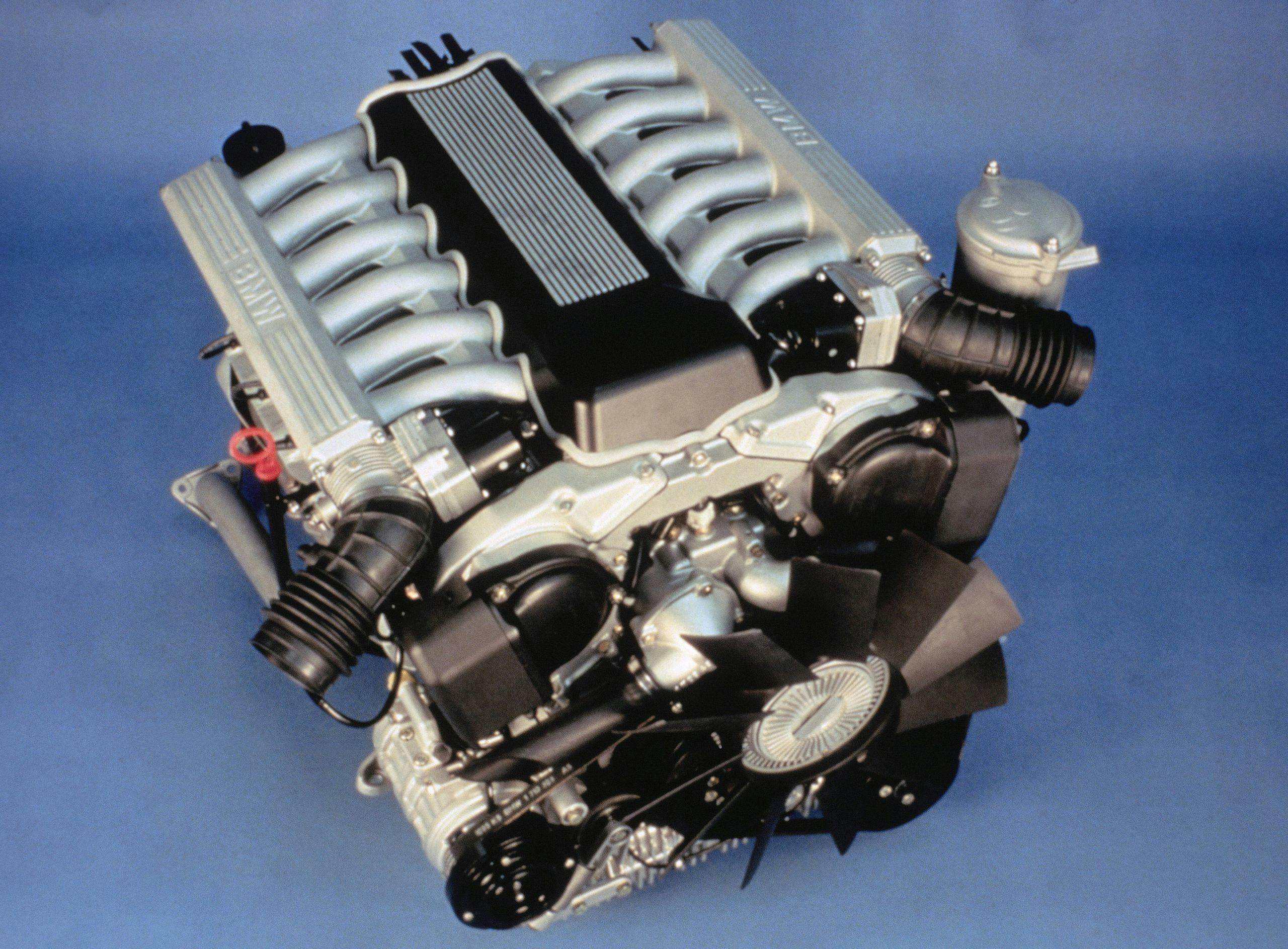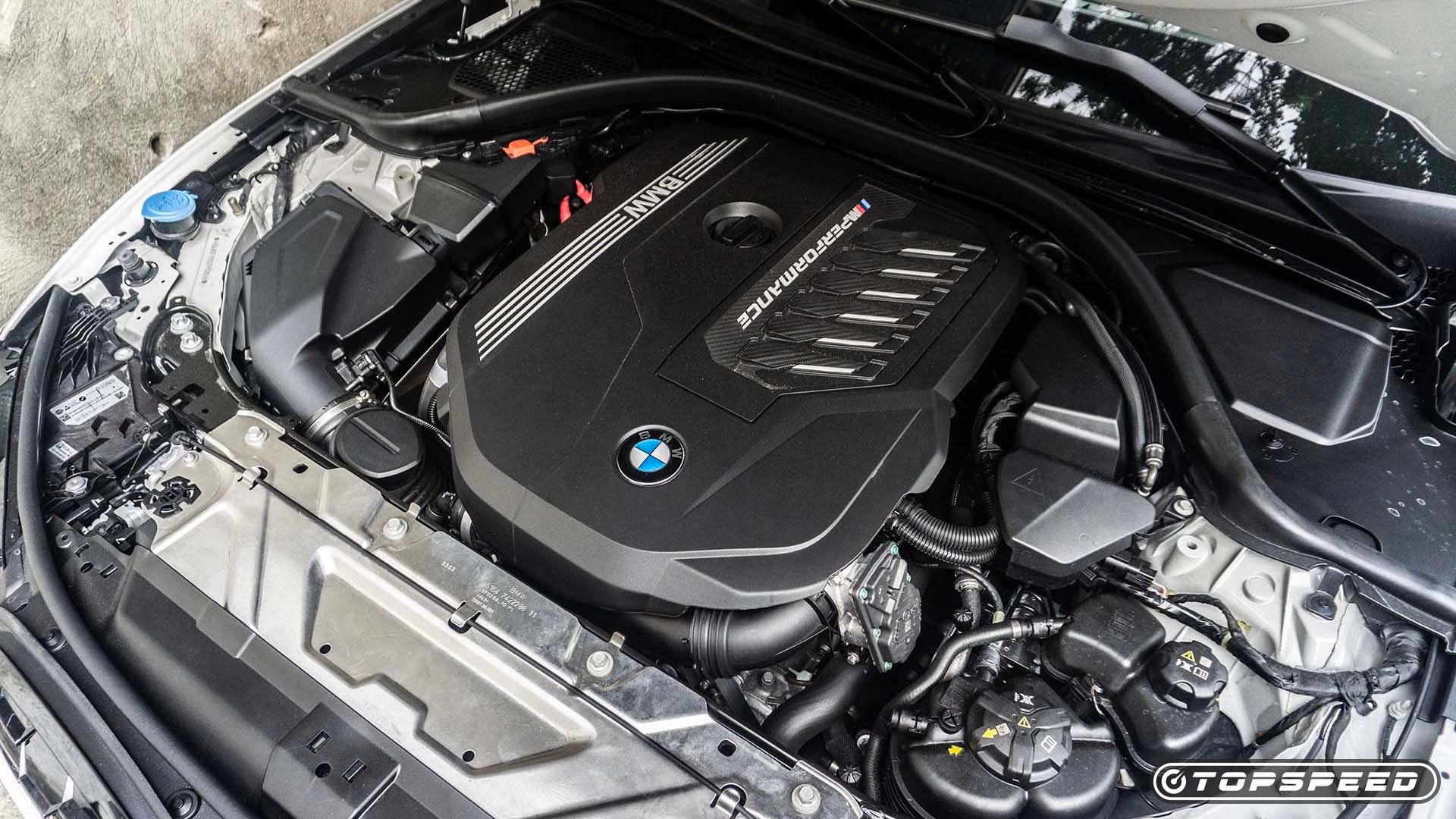Introducing the Intricacies of Next-Generation Power Units: a Deep Study Advanced Engine Designs and Innovations
In the world of auto design, the unrelenting search of sustainability, effectiveness, and efficiency has actually pushed the evolution of power units to unmatched heights. As we stand on the precipice of a new age in transportation, the complexities of next-generation engine styles bid us to discover the cutting-edge innovations and innovations that assure to redefine the driving experience. From innovative materials that press the boundaries of durability and weight reduction to advanced turbocharging and supercharging systems that raise power result to brand-new levels, each component of these power systems holds a vital to opening the future of automobile design. Diving deeper into the worlds of exhaust control, smart engine monitoring systems, and the horizon of power device growth, we locate ourselves on the cusp of a makeover that promises to improve the landscape of mobility as we understand it.
Development of Engine Products

The change in the direction of progressed engine materials has actually additionally enabled engineers to develop engines with higher power outcomes while preserving gas performance criteria. For instance, making use of light-weight products minimizes the total weight of the engine, bring about improved fuel economic climate and reduced discharges. In addition, improvements in materials innovation have actually permitted better thermal management within engines, resulting in increased reliability and long life.
Turbocharging and Supercharging Technologies
Exactly How do Turbocharging and Supercharging Technologies revolutionize engine efficiency and effectiveness in modern-day cars? Turbocharging and turbo charging are innovations that considerably enhance engine performance by enhancing the amount of air intake right into the burning chamber. Turbocharging accomplishes this by utilizing a turbine driven by exhaust gases to pressurize the intake air, while supercharging uses a belt- or chain-driven compressor to accomplish the very same impact.
These innovations enable smaller, much more fuel-efficient engines to create power equivalent to larger ones, called downsizing. Forcibly more air right into the cylinders, turbocharging and turbo charging enhance burning performance, leading to raised horsepower and torque output without a significant increase in engine size. This leads to much better acceleration, towing capability, and total driving efficiency.
Furthermore, turbo charging and turbocharging add to enhanced gas efficiency by permitting the use of smaller sized engines that consume much less fuel under normal driving problems - bmw engine. This mix of improved efficiency and effectiveness has actually made turbocharging and turbo charging integral elements of several modern-day engine layouts
Emission Control and Environmental Influence
With raising worldwide issues regarding air top quality and environmental sustainability, the application of emission control technologies in automobiles plays an important role in decreasing unsafe contaminants released right into the ambience. Modern lorries are furnished with advanced discharge control systems that assist minimize the environmental influence of automobile operations. Catalytic converters, for instance, are made to transform toxic gases such as carbon monoxide, nitrogen oxides, and hydrocarbons into less harmful materials like co2 and water vapor.
Moreover, improvements in engine technology, such as the assimilation of exhaust gas recirculation systems and selective catalytic decrease, have actually substantially added to reducing discharges. These modern technologies function in tandem to maximize burning efficiency and decrease the launch of damaging contaminants into the air. Furthermore, the development of hybrid and electrical automobiles stands for a vital step in the direction of reducing the total ecological impact of the transportation industry.
Intelligent Engine Management Systems

Additionally, these systems enable lorries to meet stringent discharges standards without endangering performance, supplying a much more eco-friendly driving experience. The integration of expert system and artificial intelligence capabilities in engine monitoring systems remains to press the borders of what is possible, causing additional renovations in efficiency, reliability, and total automobile efficiency. bmw engine. As automotive innovation breakthroughs, intelligent engine monitoring systems will certainly play an important function in shaping the future of transport towards a more sustainable and efficient direction
Future Trends in Power System Advancement
As smart engine management systems pave the method for enhanced control and optimization in contemporary lorries, future trends in power device development are positioned to redefine the landscape of vehicle propulsion modern technologies. These alternate power resources use enhanced efficiency and efficiency while aligning with stringent ecological guidelines.
An right here additional substantial trend is the combination of innovative materials and manufacturing methods. Lightweight materials you could try this out such as carbon fiber and aluminum are being utilized to minimize overall automobile weight, enhancing fuel effectiveness and performance. Additionally, innovations in 3D printing and additive manufacturing are allowing the manufacturing of intricate engine components with higher accuracy and longevity.
Moreover, expert system and artificial intelligence are playing an essential role in enhancing power device efficiency. These technologies permit real-time tracking and adaptive control, resulting in much more efficient and reliable power shipment. Generally, future fads in power system development are geared towards sustainability, efficiency, and performance, driving the automobile sector towards a brand-new era of propulsion modern technologies.

Conclusion
In verdict, the innovations in engine materials, turbocharging, emission control, and smart management systems have led the method for next-generation power units. The detailed layouts and developments in contemporary engines showcase the continuous evolution of auto modern technology.
Checking out the modern improvements in engine products has actually been crucial in boosting the performance and effectiveness of modern-day engines. Over the years, the development of engine products has played a vital function in pushing the limits of what engines can attain.The change towards progressed engine products has actually additionally made it possible for engineers to create engines with greater power outcomes while maintaining fuel effectiveness requirements.The implementation of intelligent engine management systems in contemporary cars has actually revolutionized the means engines are regulated and maximized for performance and efficiency. By accumulating information in real-time and evaluating it with sophisticated algorithms, intelligent engine management systems can adjust to driving styles, Homepage environmental elements, and engine wellness to make best use of power outcome while lessening gas consumption and emissions.